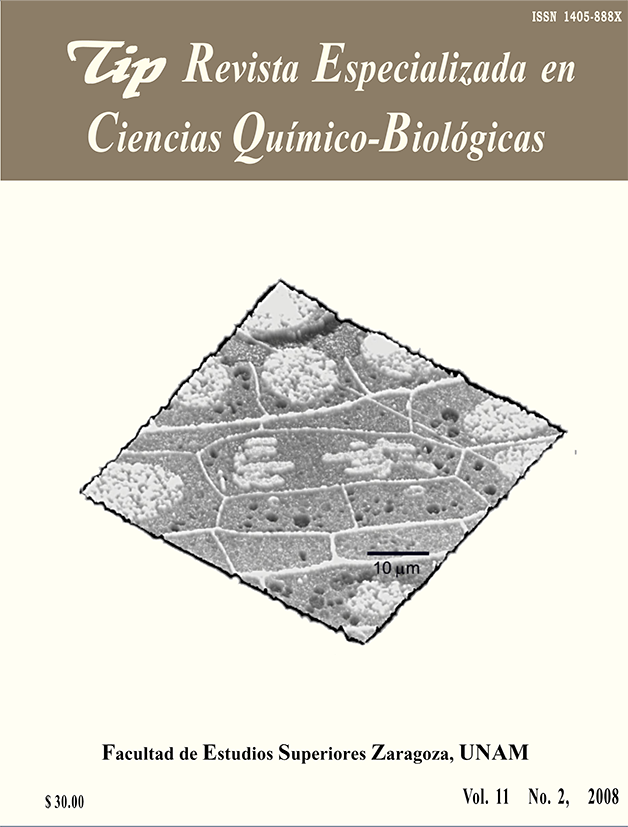Abstract
One of the most important discoveries of the past century was the ability of certain organic polymers to conduct electricity. Among intrinsically conducting polymers, polyaniline (PANI) is traditionally synthesized by chemical or electrochemical methods. In order to have better conducting properties, PANI should be a linear polymer. Recently, enzymatic synthesis of polymers has been explored. In this work, polymers were synthesized using chloroperoxidase from Caldariomyces fumago and substituted anilines such as 2,6-dimethylaniline (DMA), 2,6-dichloroaniline (DCA) and 2,3,5,6-tetrachloroaniline (TCA), in order to promote a linear polymerization. These polymers were doped with (1S)-(+)-10-camphorsulfonic acid (CSA), dodecylbenzenesulfonic acid (DBSA) and 2-acrylamido-2-methyl-1-propanesulfonic acid (AMPSA) with molar ratios of 1:0.25 and 1:0.5. Doped polymers showed conductivity corresponding to the semiconductors. TCA polymer doped with AMPSA showed the higher conductivity values. A wide range of AMPSA concentrations have been tested, and a conductivity value of 1.6 x 10-2 S·m-1 for the complex with molar ratio of 1:0.5 was obtained. This value is similar to those found with other substituted anilines with sulfonic groups.TIP Magazine Specialized in Chemical-Biological Sciences, distributed under Creative Commons License: Attribution + Noncommercial + NoDerivatives 4.0 International.



